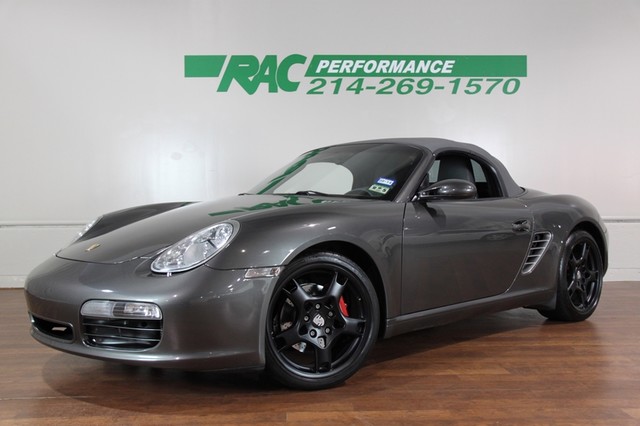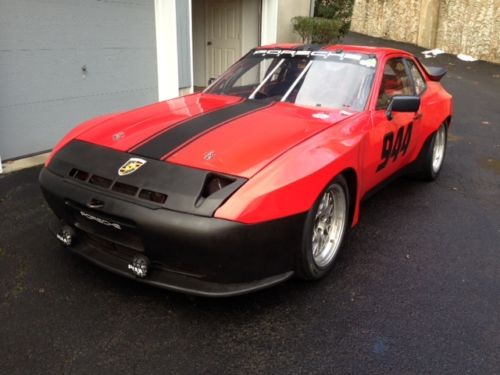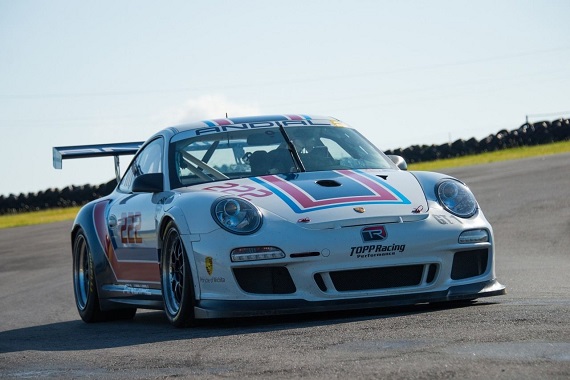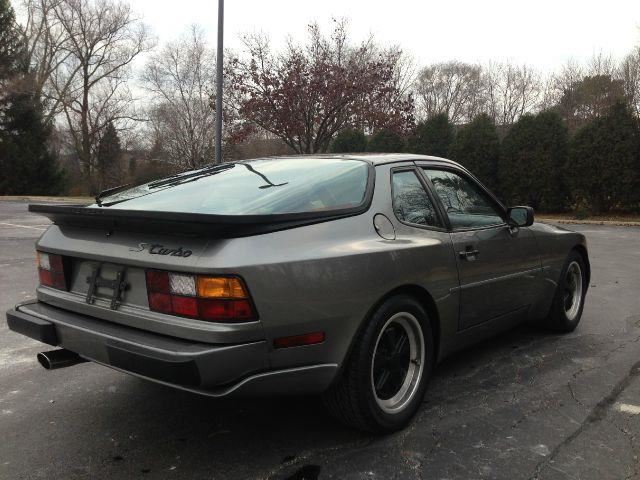It seems like I’m often talking about what the best performance deal going in German cars is. That’s partially because I’m not partial to paying the “what’s new” tax on the biggest and baddest new car. Personally, I’d prefer to let someone else take the substantial depreciation hit and when it’s no longer new, swoop in for what’s still (to me) a pretty new car in good shape. The other part, though, is that I’m not flush with cash; perhaps if I had limitless resources I’d be at the Porsche or Audi dealership every other year signing on a new car. Regardless, there’s a huge contingent of our readership that I believe is in a similar situation to me – hence why we tend to look at older, more affordable (most of the time) models that represent good value, performance or collectability for a more modest investment. That brings us to the car at hand; in this post’s case, a 2005 Porsche Boxster. 2005 was early into the 987 production, having replaced the 986 in 2004. By most peoples’ measure, the 987 was a better looking car, mimicking many of the styling cues of the 997 as the 986 had mimicked the 996. Performance was also improved from some new motors, including an upgraded 3.4 liter engine in the S producing nearly 300 horsepower. That motor, however, did not appear until 2007 – meaning the top-tier S model in 2005 still had the 3.2 from the 986 sitting in the middle of the car. That motor was good for 276 horsepower, which by no means was a small amount. For some people it simply wasn’t enough though, and as expected German super-tuner Ruf offered the solution. The modified Boxsters went by the names of their engine displacement; in the 986, there was the 3400S, which was replaced by the 3600S. When Porsche introduced the 987, Ruf responded with the limited run RK Spyder and Coupe with a supercharged 3.8 liter flat six good for an astonishing 440 horsepower. That was in turn replaced by the 3800S, which it still available. With the newest edition of the 3.8 flat six producing over 400 horsepower (more than double what the Boxster had at launch), Ruf turned the entry level Porsche into a supercar killer:
Category: Porsche
I have been looking for a 912 to feature for awhile now, but most of them have appeared worn out and tired. That’s never too surprising given that, as Porsche’s entry-level model, the 912 was a car that was bought and driven until it needed replacing. They were hardly garage queens or collectibles. So you can imagine my excitement when not only did I come across one that looked in rather nice condition, but it’s in a fantastic color AND a Targa! We rarely see a 912 Targa and while the market can be somewhat indifferent toward the Targa in general they’re always an interesting sight. Here we have a Lemon Yellow 1969 Porsche 912 Targa, located in California, with 134,600 miles on it. Like for the 911, in 1969 Porsche shifted the rear wheels by 57mm in order to extend the wheel base of the 912 and provide better balance to the rear-engined chassis. 1969 was to be the last year of 912 production as it was being replaced by the 911T, and while it would briefly reappear for the US market in 1975 as the 912 E for the most part it is these early models that capture our attention.
CLICK FOR DETAILS: 1969 Porsche 912 Targa on eBay
1 CommentWhile there are a lot of Porsche enthusiasts who love to head to the track, the reality is that few can afford to support the costs of a GT3 Cup car or even Cayman S, as illustrated in my last post. Even a modestly prepared car can be an expensive undertaking. As a result, for some time the biggest bang-for-the-buck has been the Porsche 944. Robust, tunable and naturally well balanced, the cult-classic 944 has taken to many different forms of motorsport; autocross, circuit racing and even the occasional rally. But today, while I’ve got a fairly typical 944 Turbo track build, we also will look at an odd place for the 944 to turn up; the drag strip:
CLICK FOR DETAILS: 1986 Porsche 944 Turbo on eBay
Comments closedFor German car fans who love racing, it doesn’t get much more exciting than Porsche’s long history of endurance racing. Indeed, Porsche’s venerable 911 seems intrinsically linked with racing – undoubtedly, part of its mystique. However, true factory racing Porsches have always been pretty expensive when new and still are so. Watching yesterday’s coverage of the 24 Hours of Daytona had me cringing as the multi-hundred thousand dollar Le Mans class 991 Porsches took each other out, attacked Opossums and exploded crankcases. It wasn’t a great day for Porsche at a track where the company has had an impressive string of successes. So, today I decided to take a look at two racing Porsches as an homage to their first rate engineering, their enduring appeal and incredible performance:




